Does My Cat Have Arthritis? 13 Signs and Symptoms
Arthritis in cats is also sometimes called osteoarthritis. It is a degenerative condition of the joints that is normally connected with aging and affects up to 90 percent of cats over 12 years old. In healthy joints, there is a layer of tissue called cartilage that cushions the space between the bones so that they can move smoothly across each other. When cats have arthritis, the cartilage has broken down so that the bones rub together. In severe cases, they even splinter forming sharp projections. Arthritis can occur in the spine, knees, elbows, and hips – in fact, any joint can develop arthritis. As the disease gets worse, affected the joint becomes swollen, inflamed, and painful. It’s important that you are able to recognize the signs and symptoms of arthritis so that you can get a diagnosis and appropriate veterinary treatment for your cat.
1. Limping and Stiffness
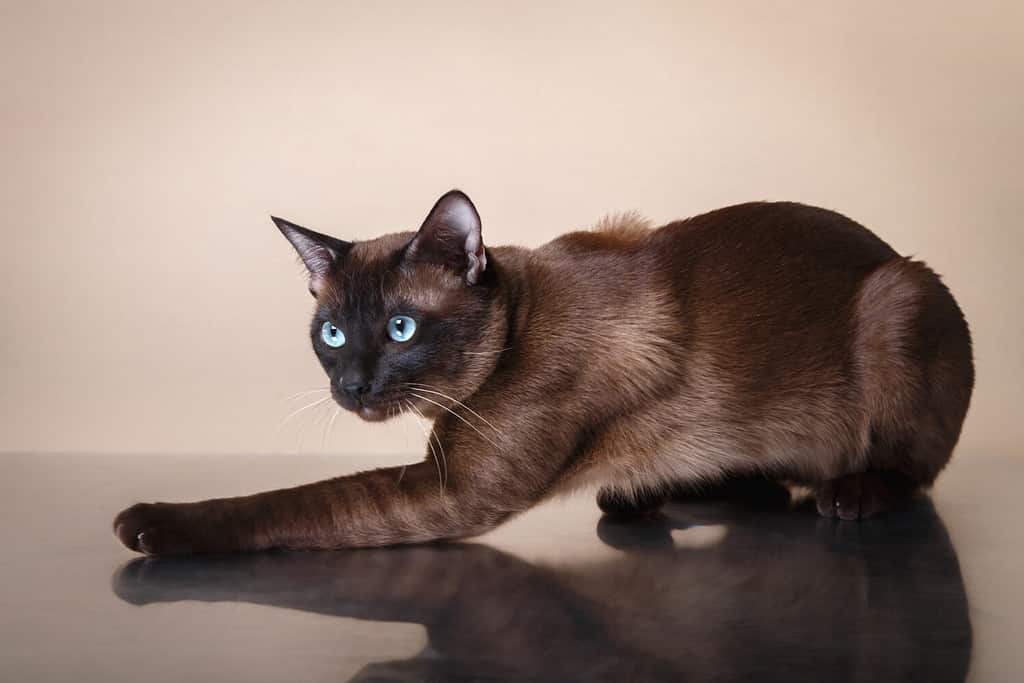
©dezy/Shutterstock.com
Cats with arthritis often start limping or seem to favor one leg when they walk. There are plenty of other causes of limping in cats ranging from ligament injury to a foreign object in their paw. Therefore, it’s important not to jump to conclusions. Also, studies have shown that less than half of cats with arthritis actually limp. However, if your cat limps most when they get up from resting but seems to get better as they move around, this can be a sign of arthritis.
2. Difficulty Jumping
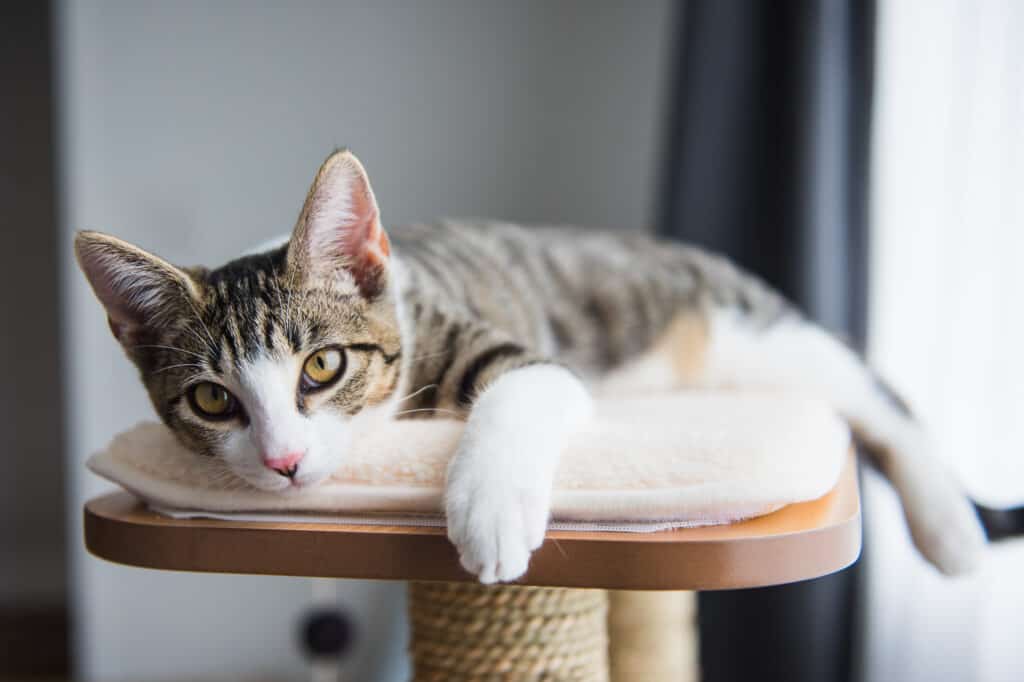
©Anna Hoychuk/Shutterstock.com
Many cats like to spend their time perching in high places. It makes them feel safe and they can get a good view of what is going on below. If your cat has stopped trying to access high places in your home or seems to have difficulty jumping, this can be a sign of joint issues. You may spot your cat hesitating before they jump up or down or they may start to select vantage points that are not as high as before. Studies have shown that three-quarters of cats with arthritis don’t want to jump at all and two-thirds jump shorter distances than before.
3. Changes in Gait and Posture
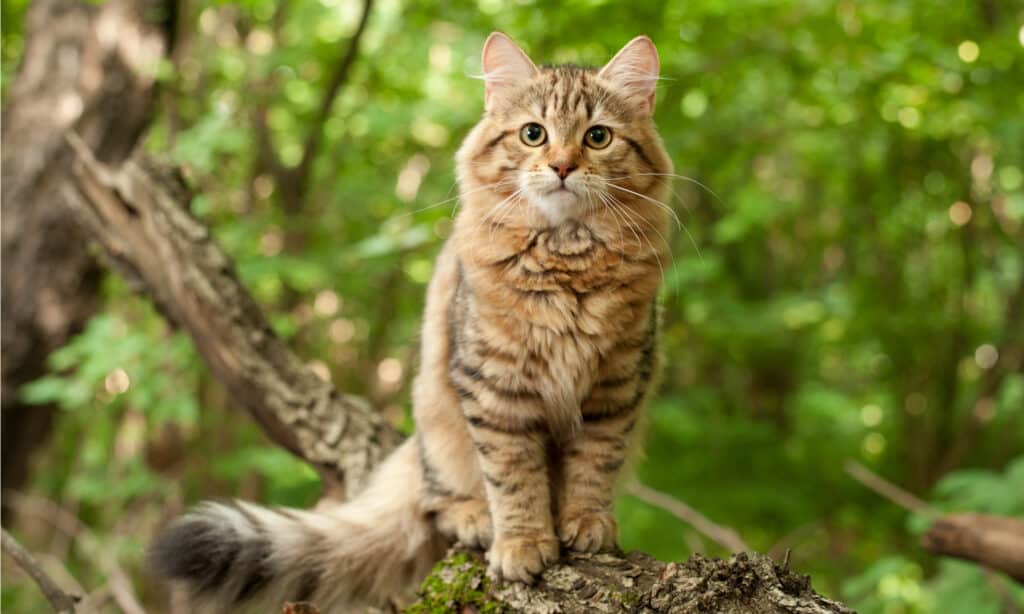
©Just-Mila/Shutterstock.com
Gait is the term used to describe a way of walking. Have you noticed that your cat is walking strangely even if they are not actually limping? This together with a different sitting position can indicate that your cat is in discomfort when they try to move their joints. The most common joints to develop osteoarthritis in cats are the elbows and hips which affect the way that your cat walks.
4. Changes in Shape
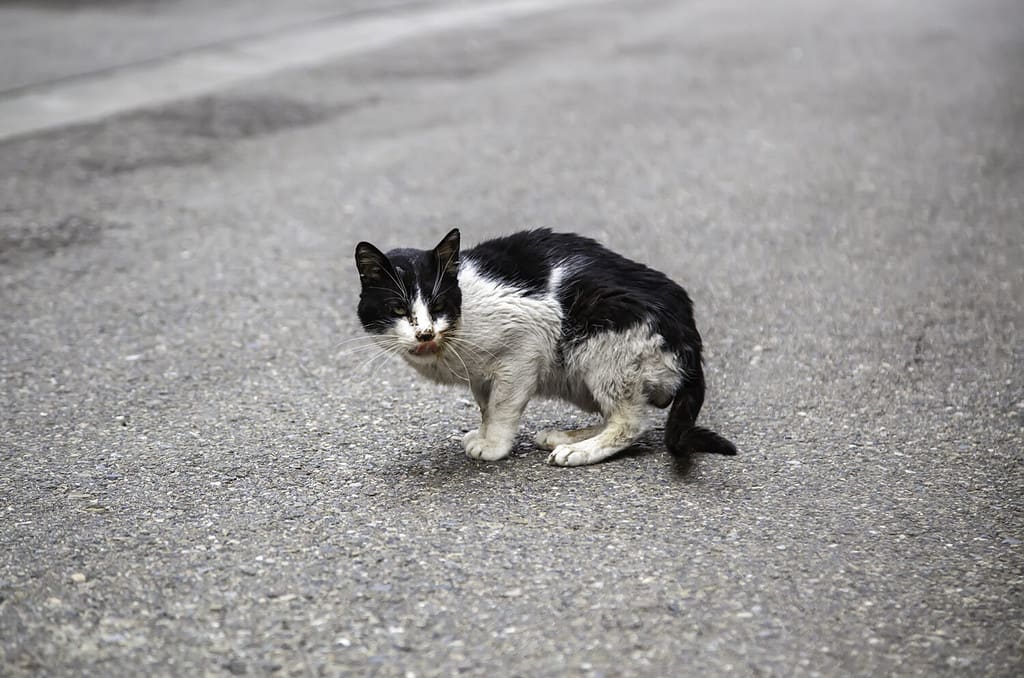
©Celiafoto/Shutterstock.com
Some cats with arthritis of the spine adopt a hunched posture. Arthritis changes the alignment of the bones in the spine (vertebrae) which gives it a curved shape. It is common for the backbone and the sternum to be affected by arthritis in cats. You may notice that your cat is hunched over when they are sitting or walking.
5. Lethargy and Changes in Mood
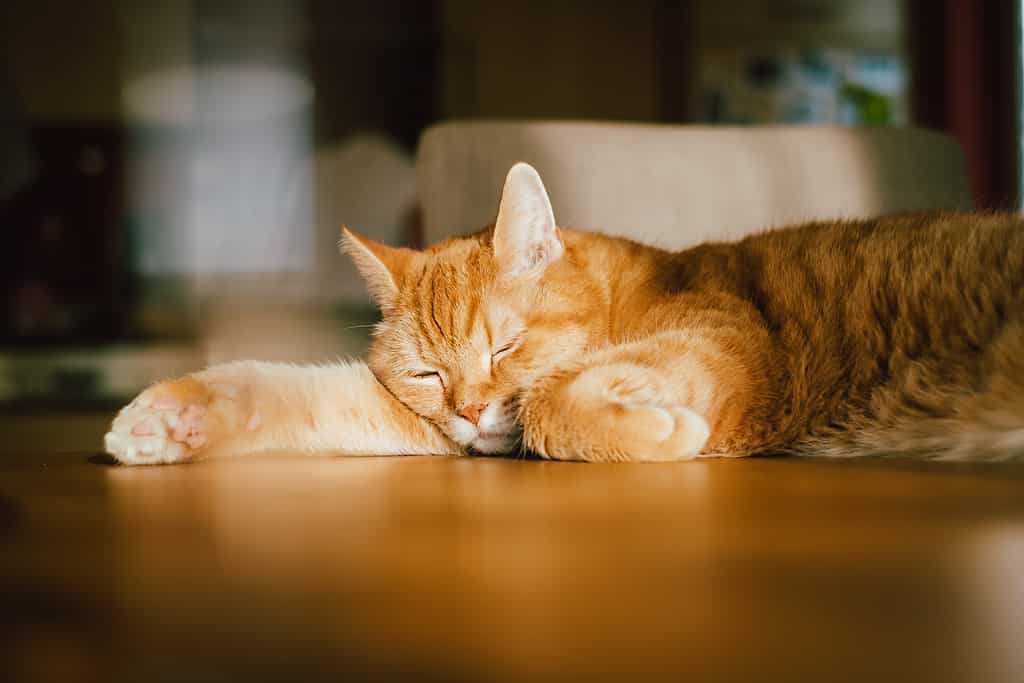
©Jérémy Stenuit/iStock via Getty Images
Cats in pain can react in different ways. You may notice that your cat is resting and sleeping more (being lethargic) and spends less time playing. They may prefer to hide away and avoid contact with you. Some are irritable and avoid being touched – they may even indicate this by growling at you or even trying to bite you if you try to stroke them. Some cats with arthritis vocalize (meow and growl) more than before.
6. Reluctance to Go Outdoors
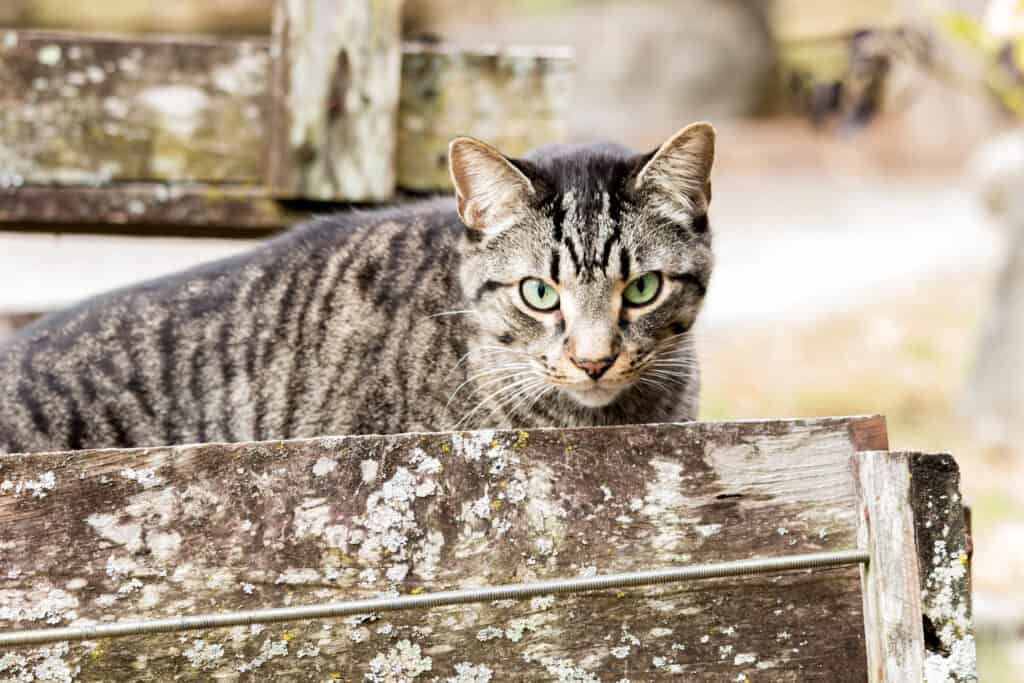
©Kimberly Boyles/Shutterstock.com
Having painful joints can make your cat feel less enthusiastic about going outside. The outside environment is for exploring, hunting, and playing and cats with arthritis find it difficult to do all of these things. Therefore, you may find that your cat prefers to stay indoors much more than before.
7. Lack of Grooming and Matted Fur
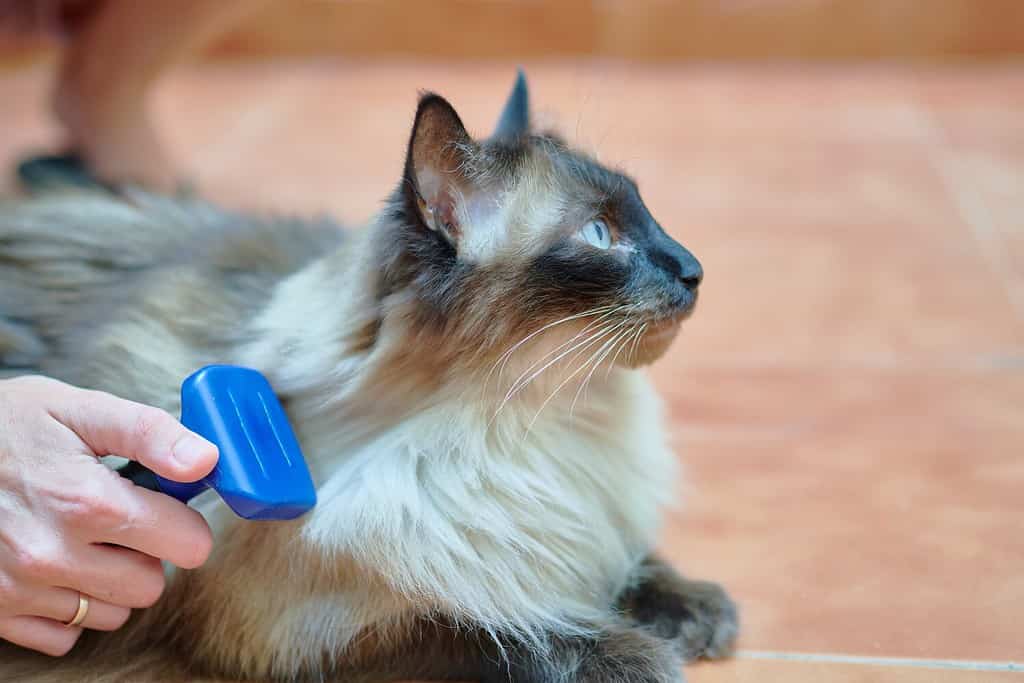
©Cerrotalavan/Shutterstock.com
Cats are usually very good at looking after their coats. If you have noticed that your cat’s coat is beginning to look less cared for, it may indicate arthritis. Most often, you will notice matted hair on your cat’s back, belly, and base of their tail. This is because these are areas that require flexibility to groom. If your cat cannot rotate their neck, they can’t groom these parts of their body. Even washing their face requires a certain amount of flexibility.
8. Overgrown Claws
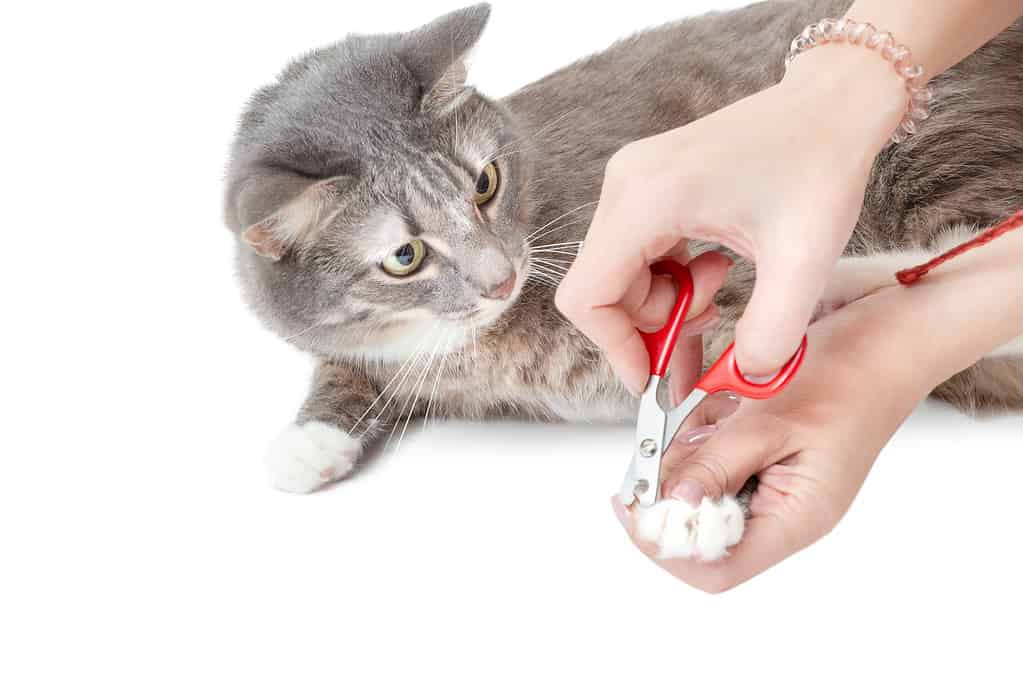
©frantic00/iStock via Getty Images
Most of the time, cats keep their claws short by scratching. Outside, they may scratch tree bark, and inside they use scratching posts or furniture. Cats with arthritis may find this painful and will avoid doing it. Soon, you will notice that their nails have become overgrown and you may need to clip them yourself.
9. Swollen Joints
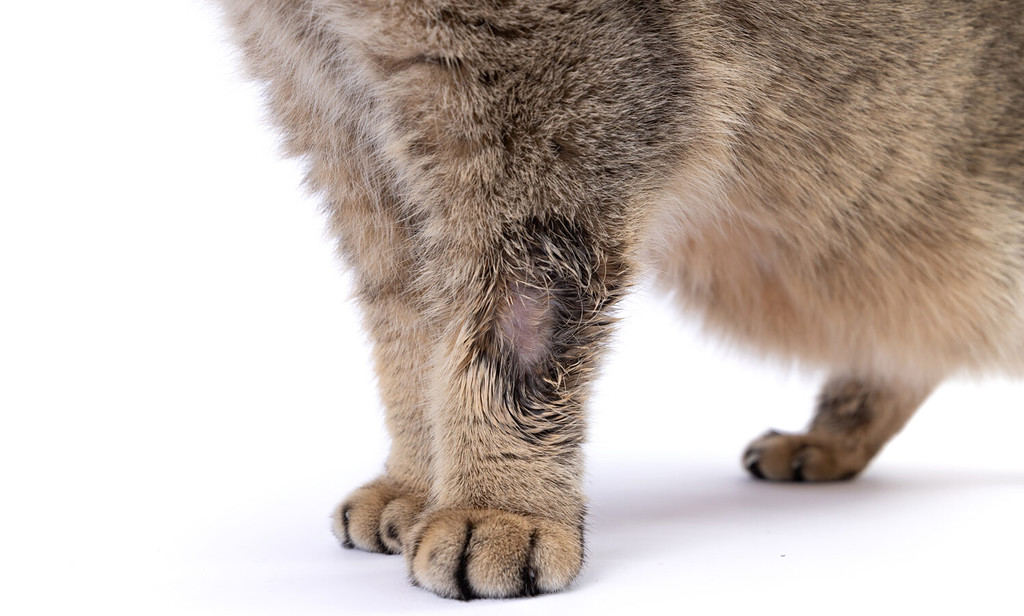
©Nadya Bessonov/Shutterstock.com
Some signs are related to the joints themselves. If you feel around their joints, you may notice that they are thickened and swollen. However, it is best not to palpate them yourself because this can cause your cat a lot of pain. It is best done by a qualified vet. Arthritic joints can also make a clicking sound when they are moving. This is called crepitus.
10. Loss of Fur Around Joints
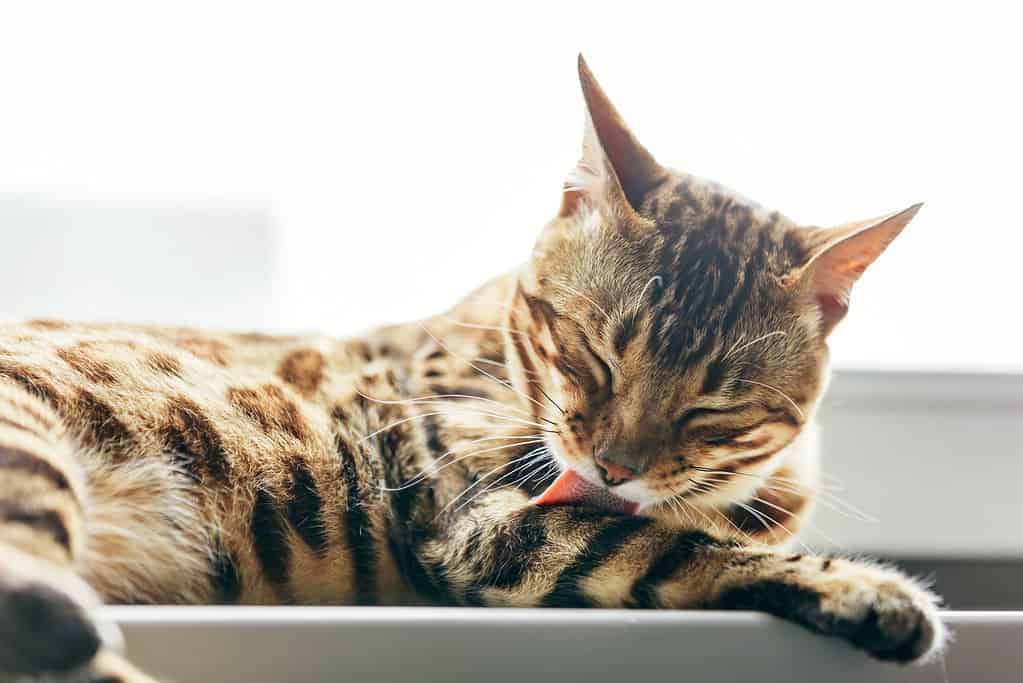
©NiseriN/iStock via Getty Images
When a particular part of the body is hurting, a cat’s reaction is often to lick it to try to make it feel better. Therefore, a cat with painful joints may overgroom that part of their body. You may notice hair loss (alopecia) around the joints and the skin may look sore from so much licking. The fur in the area around the joints may also be stained.
11. Litter Tray Avoidance
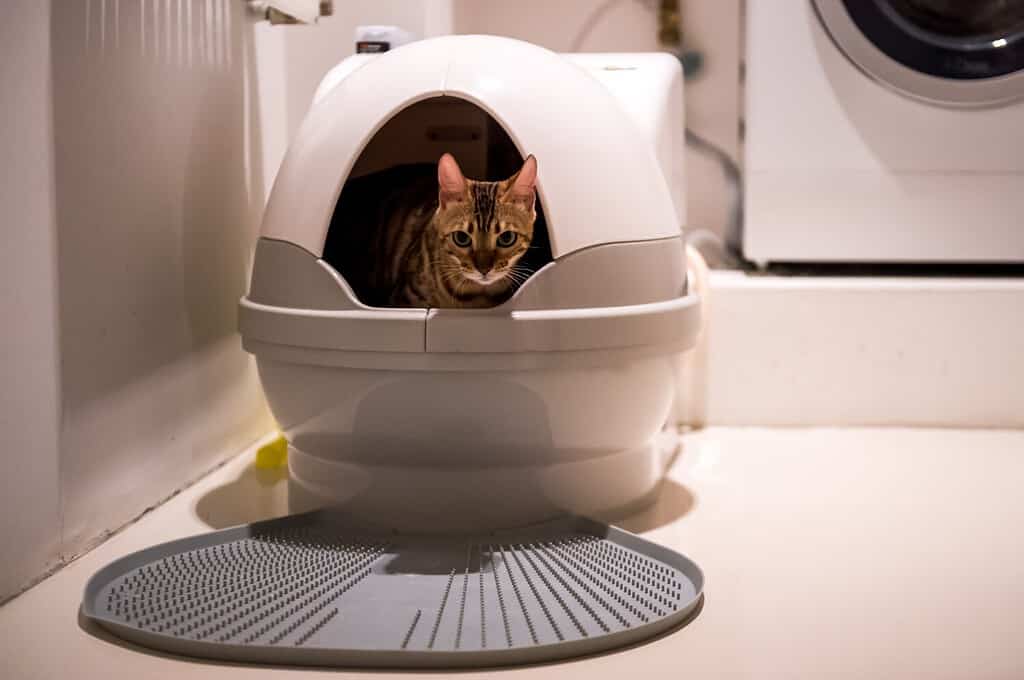
©279photo Studio/Shutterstock.com
For cats with painful joints, climbing in and out of the litter tray can be a challenge. Cats that have always used the litter tray with no problem may suddenly start pooping and peeing in different areas of the house. All cats can have the odd accident but if this is happening regularly it needs to be investigated. Other cats may still try to get into the litter tray but you may notice that they struggle to do so.
12. Weight Loss
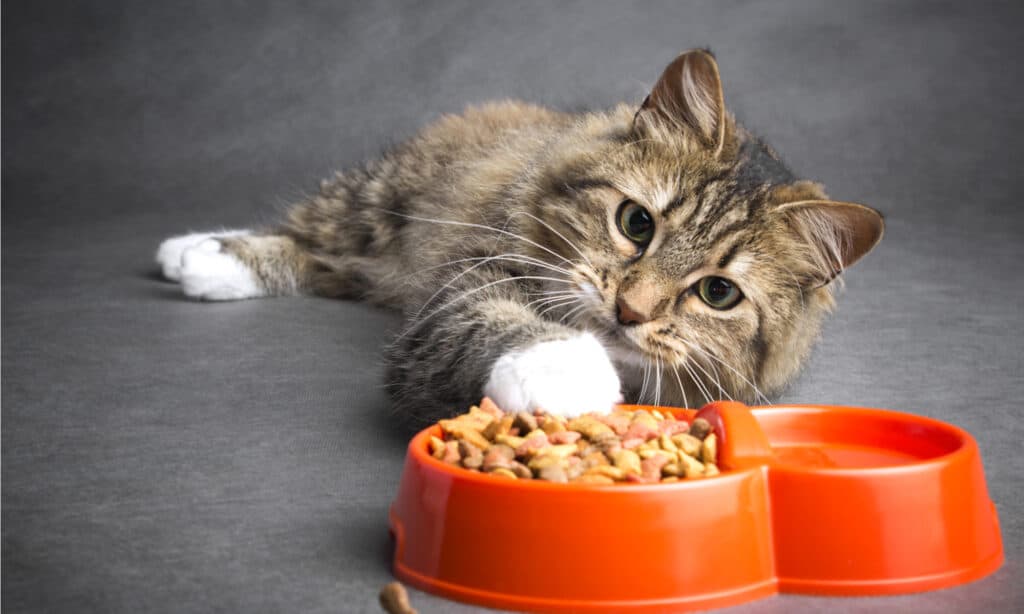
©fantom_rd/Shutterstock.com
Any weight loss in cats needs to be investigated by a vet. They can rule out serious health conditions and run the necessary tests to find out what is causing it. Loss of appetite and weight loss can be caused by arthritis. In general, cats tolerate bone and joint problems better than dogs because they are smaller and more agile. They also hide their pain but weight loss may be one of the ways that they show that something is not right.
13. Weight Gain
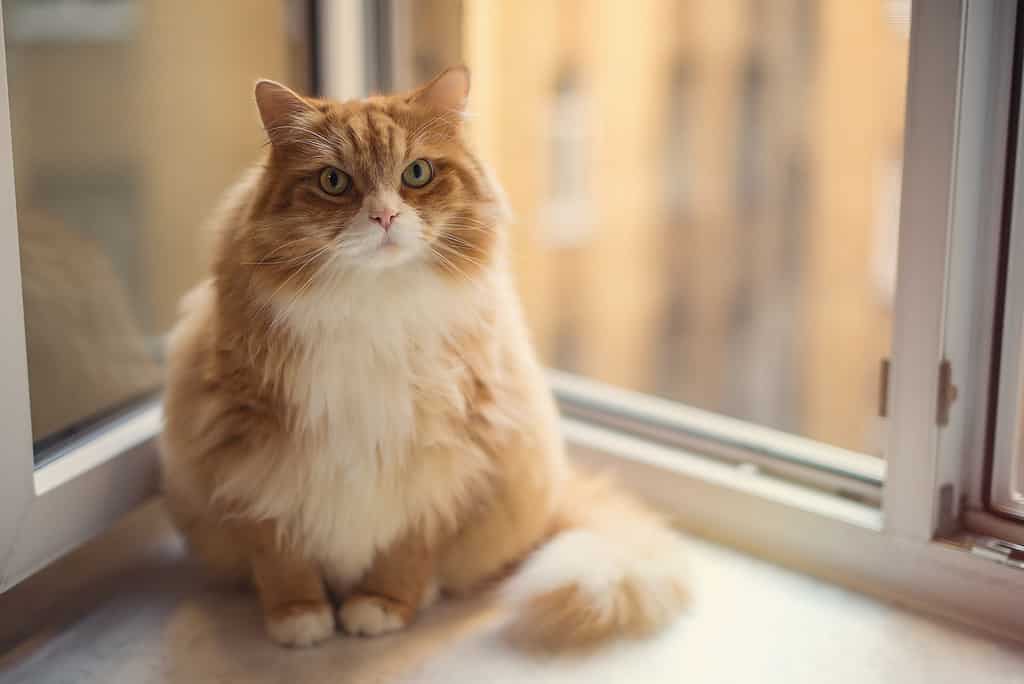
©Myskina6/iStock via Getty Images
Weight gain can also be a sign of arthritis in cats. If your cat is eating the same quantity as before but is moving around less, it’s no surprise that they are putting on weight. Unfortunately, excess weight also aggravates arthritis in cats. It puts more strain on the joints and makes them even more inflamed and painful. Some cats with arthritis need to be put on a special diet to control their weight.
Summary of the 13 Signs and Symptoms of Arthritis in Cats
| Number | Sign or Symptom of Arthritis in Cats |
|---|---|
| 1 | Limping and stiffness |
| 2 | Difficulty jumping |
| 3 | Changes in gait and posture |
| 4 | Changes in shape |
| 5 | Lethargy and changes in mood |
| 6 | Reluctance to go outdoors |
| 7 | Lack of grooming and matted fur |
| 8 | Overgrown claws |
| 9 | Swollen joints |
| 10 | Loss of fur around joints |
| 11 | Litter tray avoidance |
| 12 | Weight loss |
| 13 | Weight gain |









